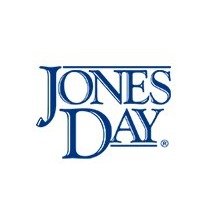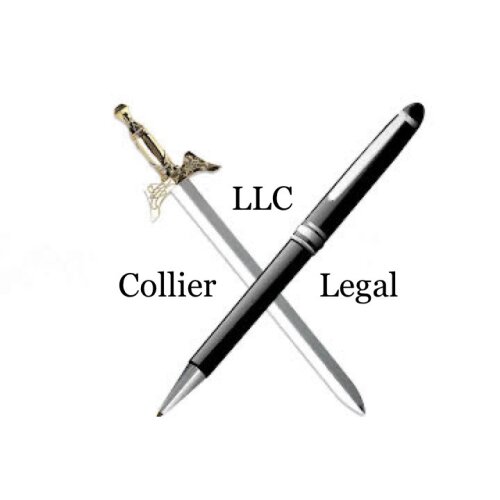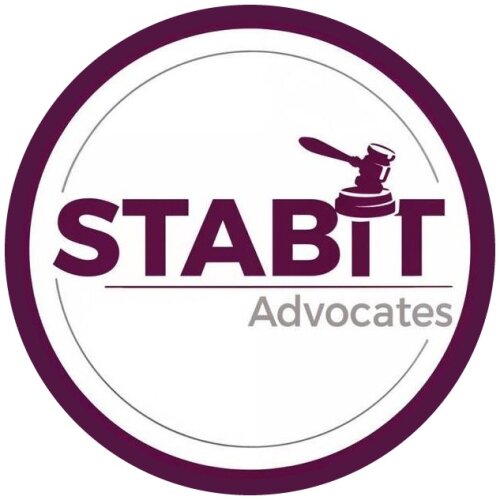Best Art & Cultural Property Law Lawyers in New York City
Share your needs with us, get contacted by law firms.
Free. Takes 2 min.
List of the best lawyers in New York City, United States
1. About Art & Cultural Property Law in New York City, United States
Art & Cultural Property Law in New York City covers the rules that protect artworks, artifacts, and cultural assets from creation to possession, transfer, and display. This area blends state and federal law with local museum practices and city regulations. In NYC, lawyers in this field help galleries, collectors, museums, and cultural institutions navigate provenance, acquisitions, deaccessioning, and repatriation concerns.
Key issues in NYC include provenance research for artworks and antiquities, compliance with deaccessioning policies for public collections, and adherence to laws that prevent trafficking in stolen or illicitly exported cultural property. Practitioners in this field must understand both the technical law and the broader ethics that guide cultural stewardship in a dense, highly visible cultural hub. A coordinated approach often involves curatorial staff, museum directors, and legal counsel to balance public mission with legal risk.
2. Why You May Need a Lawyer
- Provenance dispute with a seller or prior owner in a New York gallery or auction house. You suspect a work was looted or illegally exported and need due diligence and potential restitution arrangements.
- A NYC museum plans to deaccession a work from its public collection. You require guidance on lawful procedures, public notice, and fiduciary duties under state law.
- You are a collector facing a cross-border shipment of a culturally valuable object and must navigate federal export controls and New York import requirements to avoid criminal exposure.
- You are involved in a repatriation or return claim with a source community or indigenous group that seeks the return of cultural property in a NYC institution’s collection.
- You suspect a theft or trafficking scheme involving art or artifacts moving through New York museums or private channels, and you need to coordinate with law enforcement and safeguard the artifact’s chain of title.
- You run a NYC gallery and must comply with due diligence requirements for acquisitions, including provenance research, dealer disclosures, and anti-money-laundering considerations in art transactions.
3. Local Laws Overview
New York State law and federal statutes together shape how art and cultural property are handled in New York City. The following laws are central to this field and frequently cited by practitioners in NYC.
New York Cultural Affairs Law (CAL)
The New York Cultural Affairs Law governs museums, cultural institutions, and related activities within the state, including policies around public collections and deaccessioning. This law sets statewide standards for transparency, governance, and the management of cultural assets held by public entities or institutions receiving state support. Practitioners often reference CAL provisions when advising on how a museum may legally deaccession or transfer a work from a public collection.
“The Cultural Affairs Law provides the framework for museum governance, acquisitions, and deaccessioning practices in New York State.”
Source: New York State legislative materials and government references. For authoritative text and ongoing updates, see official state resources on CAL provisions.
Archaeological Resources Protection Act (ARPA) - Federal
ARPA protects archaeological resources on public lands and Indian lands and requires permits for excavations or removals. It applies to projects on federal lands and certain federally funded or licensed undertakings that could affect archaeological sites. In New York City, while ARPA is federal, it governs activities that involve excavations, testing, or removals that touch public or federally managed resources, including collaborations with federal agencies or funded projects.
“ARPA protects archaeological resources on public lands and restrictions apply to excavation and removal without a permit.”
Source: National Park Service ARPA page. Link: nps.gov
National Stolen Property Act (NSPA) - Federal
The National Stolen Property Act prohibits interstate transportation of stolen goods, including artworks and cultural artifacts. This statute is frequently cited in NYC when investigating or litigating cases involving stolen property, trafficking, or cross-border transfers of cultural property. It interacts with provenance, theft investigations, and civil or criminal enforcement in New York courts.
“The National Stolen Property Act prohibits interstate transportation of stolen property, including art and artifacts.”
Source: Legal information resources. For authoritative text, see Cornell Law School’s Legal Information Institute page: uscode/text/18/2314
4. Frequently Asked Questions
- What is provenance and why does it matter in NYC? Provenance tracks a work’s ownership history and affects legal ownership, eligibility for sale, and repatriation claims. It is essential for due diligence in NYC galleries and museums.
- What is deaccessioning in a municipal museum? Deaccessioning is the process of removing a work from a public collection, typically involving board approvals, public notice, and compliance with state policies.
- How do I start a provenance research project in New York? Gather purchase records, catalogs, invoices, provenance notes, and any archival material. Engage a collateral review by a qualified art-law solicitor and a reputable provenance researcher.
- When can a museum legally deaccession a work? Only under specified governance processes and legal standards, which vary by institution and may require state-level compliance and public reporting.
- Where can I report suspected stolen art in NYC? Contact local law enforcement and, where appropriate, federal authorities including the U.S. Department of Justice and the National Stolen Property Act framework.
- Why is repatriation important for cultural property? Repatriation respects heritage and rights of source communities, and can involve complex negotiations, provenance checks, and legal filings.
- Can a private collector export an artwork from the United States? Export may be restricted by federal and state laws; in NYC, ensure compliance with ARPA, NSTPA, and licensing or permit requirements as applicable.
- Should I hire a lawyer for indemnity and risk in art transactions? Yes. An attorney can assess title, chain of title, potential liens, and compliance with anti-money-laundering rules and cultural property laws.
- Do I need a New York attorney for a local dispute? Yes. A New York-qualified attorney can navigate NYC court procedures, state regulations, and local museum practices.
- Is provenance research a sign of due diligence? Yes. Thorough provenance research reduces risk of legal liability and increases confidence for transaction partners.
- What is the difference between a solicitor and an attorney in this field? In NYC, both terms refer to licensed lawyers, but “solicitor” is more commonly used for certain transactional matters, while “attorney” is generic for litigation and advisory work.
5. Additional Resources
- National Park Service - Archaeological Resources Protection Act (ARPA) Official information, enforcement, and guidance on ARPA. Function: administers federal protections for archaeological resources and issues permits for excavations. Website: nps.gov
- Cornell Law School - Legal Information Institute Provides accessible text for the National Stolen Property Act (18 U.S.C. § 2314) and related statutes. Function: educational and statutory reference for practitioners and the public. Website: law.cornell.edu
- New York State Senate - Cultural Affairs Law Official state legislation resource describing the CAL and related governance for museums and cultural property. Function: statutory framework for public collections, acquisitions, and governance within New York. Website: nysenate.gov
6. Next Steps
- Define your objective and assemble documents Clarify whether you face a repatriation issue, a deaccessioning decision, a provenance concern, or a potential export problem. Gather all related contracts, invoices, catalogues, and correspondences within 2 weeks.
- Identify NYC legal counsel with Art & Cultural Property focus Search for attorneys or solicitors who list art law, cultural property, or museum law in their practice. Expect 1-2 weeks for initial referrals and candidate lists.
- Check credentials and experience Verify New York bar admission and evaluate relevant cases or matters handled in the last 5 years. Set expectations for client reviews and disciplinary records.
- Schedule consultations and prepare a question set Book 30-60 minute consultations with 2-3 lawyers. Bring documents, questions, and a clear budget outline for fee structures.
- Discuss fee arrangements and engagement terms Confirm hourly rates, retainer requirements, and whether a flat fee or contingency is possible for your matter. Obtain a written engagement letter.
- Obtain a written plan and timeline Ask for a step-by-step plan with milestones and estimated durations. Request backups if a matter becomes contentious or requires court involvement.
- Begin formal representation and monitor progress Upon engagement, share all relevant information and establish regular check-ins. Track milestones for discovery, negotiations, or court dates as applicable.
Lawzana helps you find the best lawyers and law firms in New York City through a curated and pre-screened list of qualified legal professionals. Our platform offers rankings and detailed profiles of attorneys and law firms, allowing you to compare based on practice areas, including Art & Cultural Property Law, experience, and client feedback.
Each profile includes a description of the firm's areas of practice, client reviews, team members and partners, year of establishment, spoken languages, office locations, contact information, social media presence, and any published articles or resources. Most firms on our platform speak English and are experienced in both local and international legal matters.
Get a quote from top-rated law firms in New York City, United States — quickly, securely, and without unnecessary hassle.
Disclaimer:
The information provided on this page is for general informational purposes only and does not constitute legal advice. While we strive to ensure the accuracy and relevance of the content, legal information may change over time, and interpretations of the law can vary. You should always consult with a qualified legal professional for advice specific to your situation.
We disclaim all liability for actions taken or not taken based on the content of this page. If you believe any information is incorrect or outdated, please contact us, and we will review and update it where appropriate.

















